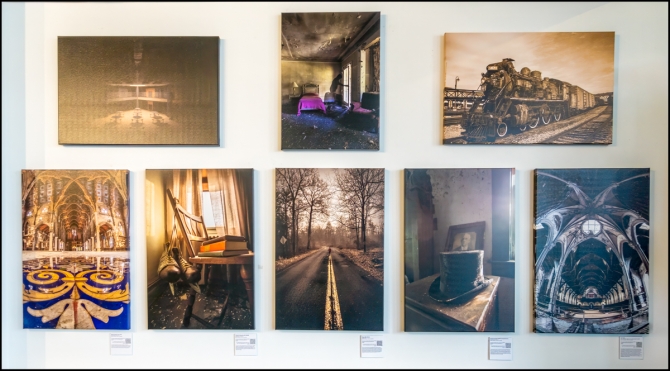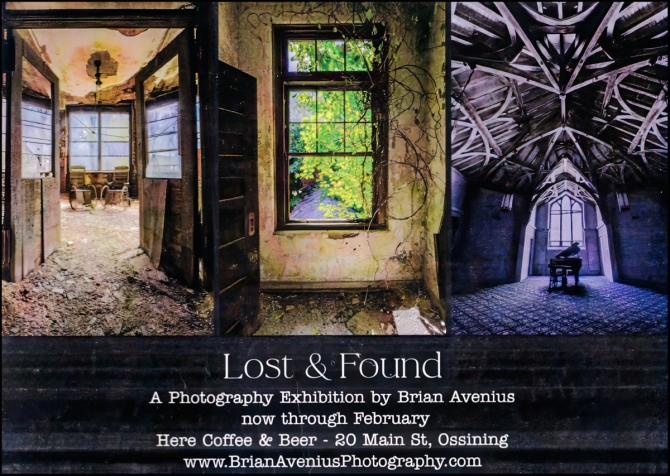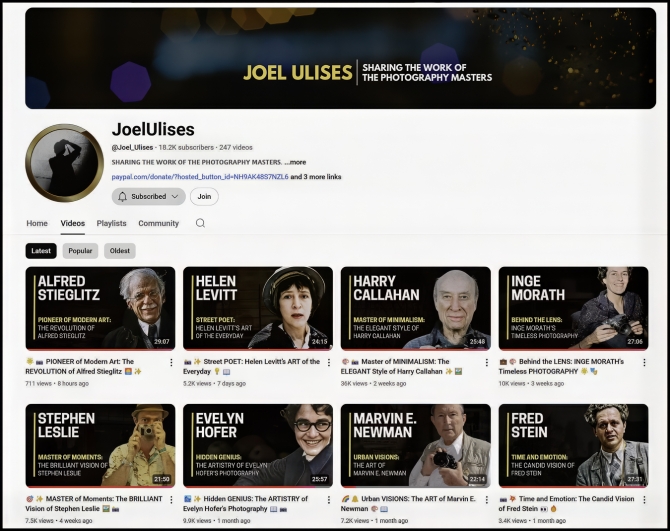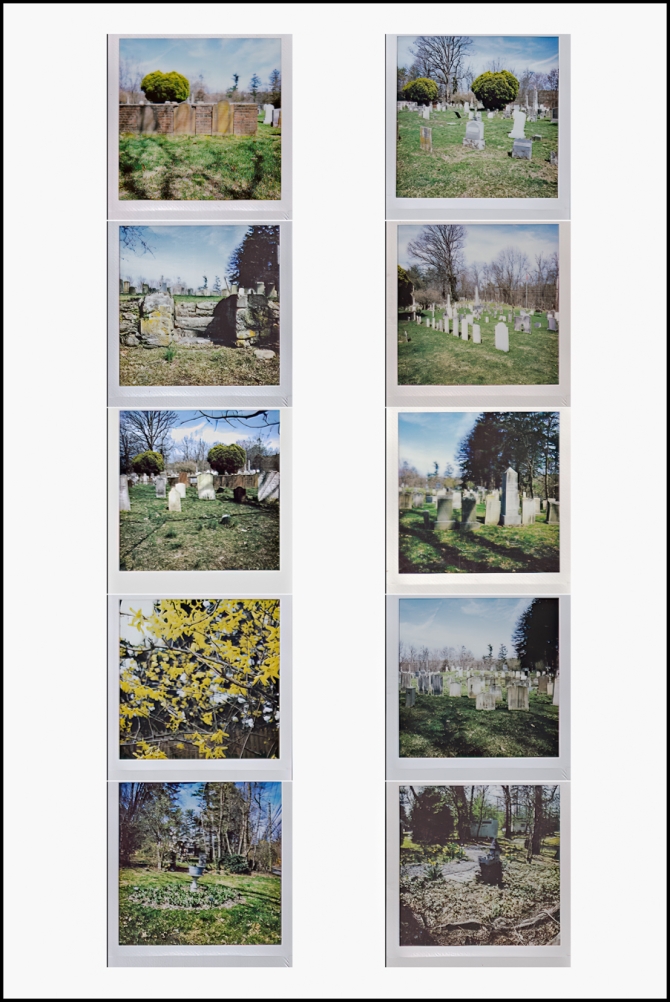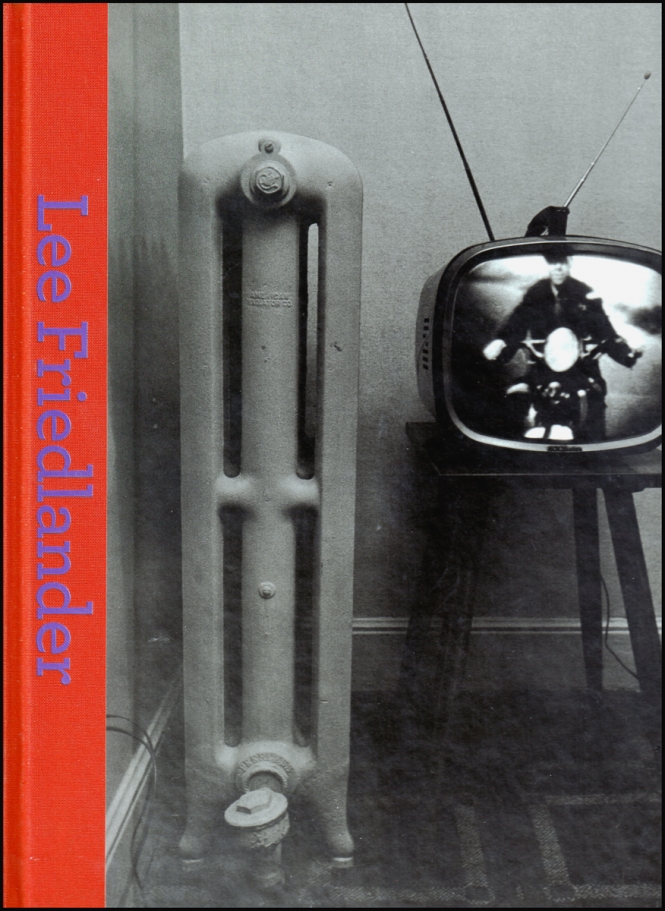So, after finding the results from the SX-70 and the I2 somewhat disappointing, how did I like what I got from the SQ-6?
It’s an easy camera to use, largely point and shoot with relatively few additional functions that you might use. The learning curve with this camera is certainly much shorter than, for example, the I2.
At first glance the prints looked better, with more vibrant colors if a little underexposed. However, after scanning I realized that pretty much all of the prints were out of focus. Now I’m new to instant photography and mostly likely a problem with the photographer (i.e. me) rather than the camera.
I also found that the prints were a lot smaller than I had anticipated. Mea Culpa again. I was somehow thinking that they would be the same size as the Polaroid prints of yesteryear. Moreover, I’m also not entirely comfortable composing with a square format.
Of course, the film is expensive, but that’s true of all instant film nowadays.
So far, my attempts at instant photography have not been particularly successful and it seems to me that I now have two options:
- Decide that instant photography is not for me and give up.
- Don’t blame the cameras and accept that there’s always a learning curve and try harder until I get to a point where I’m satisfied.
I prefer the second option. There were reasons why my first few attempts didn’t succeed. The SX-70 was an old camera bought second hand. It clearly wasn’t working as originally intended. I might get it checked out, if possible fixed and try it again. The problem with the I2 was known (the autoexposure didn’t work correctly) and I chose to use it anyway. This has now been fixed in the recent firmware up, which I’ve now applied. I’m keen to try again and this will be my next attempt. The SQ6 was, I suspect, just plain lack of knowledge and familiarity with the camera.
Clearly, I have to use the cameras much more frequently. As the saying goes “if at first you don’t succeed try, try again”. It’s not rocket science.

